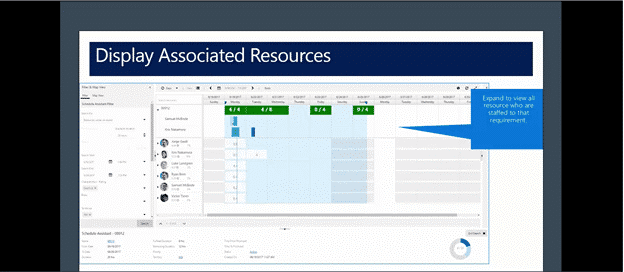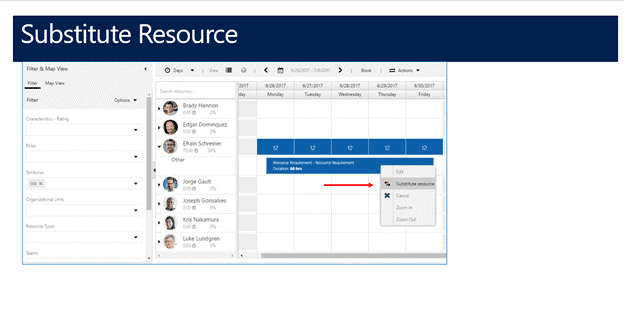Relevance Search distributes a search in a single result list and sorts it by relevance based on a scoring concept. One key thing to know is that the higher the score, the more relevant the item.
Relevance Search can:
• Find matches to any word in the search phrase. Matches include various forms of the search word for example, “service,” will match to “servicing,” or “serviced”
• Search for text in emails and notes
• Search records that you own as well as those that have been shared with you
• Search for text in an Option Set and Lookup field
• Search for text in SharePoint integrated documents (scheduled to be included in the next Dynamics 365 update)
• Search for text within Documents in Dynamics 365. These include documents in a Note, Attachments, Email, and Appointments.
As you can see, the Relevance Search can do many great things but it can also result in millions of matches depending on the size of your organization. Luckily, for us, Microsoft has thought about that and included a feature called Facets and Filters. We get additional filtering by Record Type, Owner, Modified Date, and Created Date to personalize search experience.
Additional Filtering using Facets and Filters
Global Facets: You can refine your search results to Record Type, Owner, Created On, or Modified On. In this example below, I filtered the search results to only show records for a specific “Owner.”
Entity Specific Facets: When you click on a specific record type, additional facets appear. These facets are specific to the fields of the Record Type/Entity. System Administrators and System Customizers can configure which fields are available for faceting through the entity’s Quick Find view. In the example, clicking on Cases gave me two additional facets: Priority and Origin.
End user configuration: End users can also personalize their search experience by configuring the facet fields that they would like to see for any searchable entity.











































